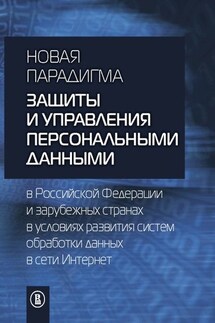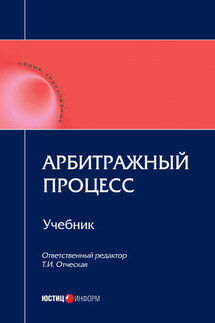Рефлексивные процессы и управление. Сборник материалов XI Международного симпозиума 16-17 октября 2017 г., Москва - страница 14
The computing field, itself a spawn of cybernetics in some ways, recently experienced a proliferation of study and play resources for "makers" and young people to familiarize themselves with digital technology, programming and networking. Of these, the single-board low-cost computer Raspberry Pi, its open-source operating system Raspbian (a Debian-derived Linux) and the programming language Python 3 were chosen at the technical basis for this project.
The course is designed to enable both individual self-study as well as formal classes, and it fit the scope of a one-semester introductory undergraduate module. As a electronically enhanced textbook, it offers a coherent overarching narrative that is illustrated and substantiated by various demonstrations, anecdotes, short audio and video clips of cybernetic sources, and, first and foremost, hands-on exercises. Aiming to inspire an appreciation for the concerns and characteristics of cybernetics, the course design currently focuses on assumptions that set cybernetics apart form other fields in the systems research family, as well as from conventional natural science: Observer-dependence, non-determinability, circular causality, and self-organization.
The majority of the hands-on exercises takes the format of applied coding assignments. "Technical" approaches have more conventionally been associated with first-order cybernetics and utilitarian control systems. In this case, however, computer technology is taken as an output of past cybernetics to illustrate and inspire cybernetics and cyberneticians of the future. The hands-on exercises include: A programmable Turing Machine, a simple Wiener anti-aircraft predictor, a thermostat data logger, a Shannon mind reading machine, demonstrations of subjective participation in observation, various eigenwert and eigenbehaviour demonstrations based on recursive functions, a simulation of the Ebbinghaus "forgetting curve", and an implementation of Varela‘s autopoiesis cellular automata system.
The course has recently been delivered at the Institute of Media Science at Humboldt University in Berlin, and further deliveries are planned. The textbook and exercises are currently developed in German language and are scheduled to be published in a text book format soon. An extended version in English language is planned for the intermediate future. The proposed presentation will introduce the initiative and its underlying motivation, and offer a guided tour through key software exercises with short discussions of related cybernetic principles and ideas.
1. Mead, Margaret 1968. Cybernetics of cybernetics. In: Foerster H. von et al. (eds.) Purposive Systems. Proceedings of the First Annual Symposium of the American Society for Cybernetics. New York, NY: Spartan Books. 1-11.
Tatyana Medvedeva (Siberian State University of Transport, Novosibirsk)
View of V. E. Lepskiy’s and S. A. Umpleby’s theories of cybernetics through the prism of intellectual traditions
Abstract.Understanding the differences between scientific approaches to cybernetics is difficult because of the very different histories and intellectual traditions in Russia and the US. This paper, first, describes the peculiarities of the Russian style of scientific thinking in comparison with the American approach. Second, it compares Vladimir E. Lepskiy‘s and Stuart A. Umpleby‘s theories of cybernetics looking at them through the prism of Russian and American intellectual traditions.









